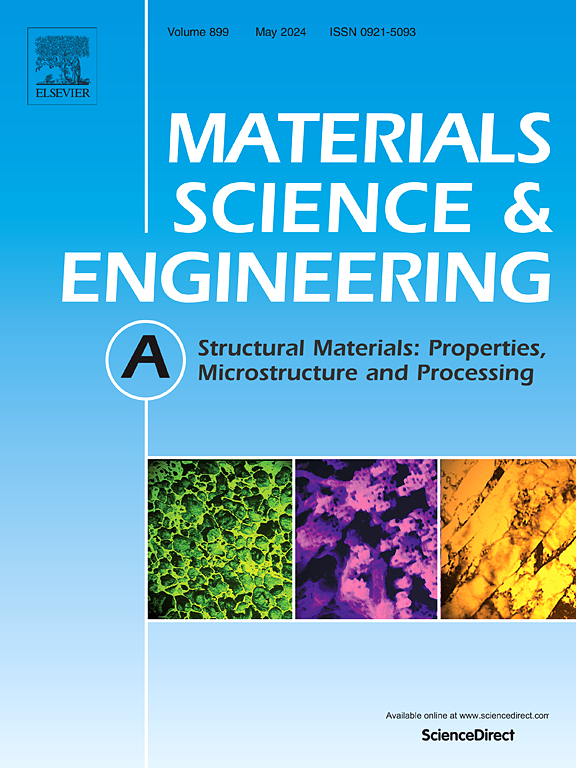γ/γ′钴基高温合金蠕变应变速率的机器学习预测
IF 6.1
2区 材料科学
Q1 MATERIALS SCIENCE, MULTIDISCIPLINARY
引用次数: 0
摘要
在给定合金成分、热处理和显微组织(γ′析出体积分数)的输入条件下,建立了一个机器学习模型,以预测任意γ′强化co基高温合金在稳态状态下的应变速率作为温度和应力的函数。该模型在最近文献中报道的近1000种不同的γ/γ′强化co基高温合金上进行了训练。我们开发了额外的中间机器学习(ML)模型,只需要一个成分输入,用于六种材料特性:溶剂态、固相和液相温度、峰值硬度、晶格失配和屈服强度(在环境和高温下)。这些中间材料性能的结果被反馈到ML模型中,以提高蠕变预测的准确性。最后,我们通过预测16种新合金在训练数据之外的合金元素的中间性能和蠕变性能来验证模型,然后我们通过实验确定这些值。结果表明,这种方法产生的模型为探索组合设计空间提供了有价值的筛选数据-即使在该空间中缺乏训练数据-但它不够精确,无法完全替代实验测量。本文章由计算机程序翻译,如有差异,请以英文原文为准。
Machine-learning prediction of creep strain rate in γ/γ′ cobalt-based superalloys
A machine-learning model was built to predict the strain rate in the steady-state regime of any γ′ strengthened Co-based superalloy as a function of temperature and stress, given inputs of alloy composition, heat treatments, and microstructure (γ′ precipitate volume fraction). The model is trained on nearly 1000 distinct γ/γ′ strengthened Co-based superalloys reported in the recent literature. We developed additional intermediary machine-learning (ML) models, requiring only a compositional input, for six materials properties: solvus-, solidus-, and liquidus temperatures, peak hardness, as well as lattice misfit and yield strength (at ambient and elevated temperature). These intermediate material properties results are fed back into the ML model to improve the accuracy of creep prediction. Finally, we validate the model by predicting intermediate properties and creep properties for 16 new alloys with an alloying element outside the training data, for which we then experimentally determine these values. The results suggest that this method produces a model which provides valuable screening data for exploring the compositional design space—even when lacking training data in that space—but it is not accurate enough to use in full replacement of experimental measurements.
求助全文
通过发布文献求助,成功后即可免费获取论文全文。
去求助
来源期刊

Materials Science and Engineering: A
工程技术-材料科学:综合
CiteScore
11.50
自引率
15.60%
发文量
1811
审稿时长
31 days
期刊介绍:
Materials Science and Engineering A provides an international medium for the publication of theoretical and experimental studies related to the load-bearing capacity of materials as influenced by their basic properties, processing history, microstructure and operating environment. Appropriate submissions to Materials Science and Engineering A should include scientific and/or engineering factors which affect the microstructure - strength relationships of materials and report the changes to mechanical behavior.
 求助内容:
求助内容: 应助结果提醒方式:
应助结果提醒方式:


